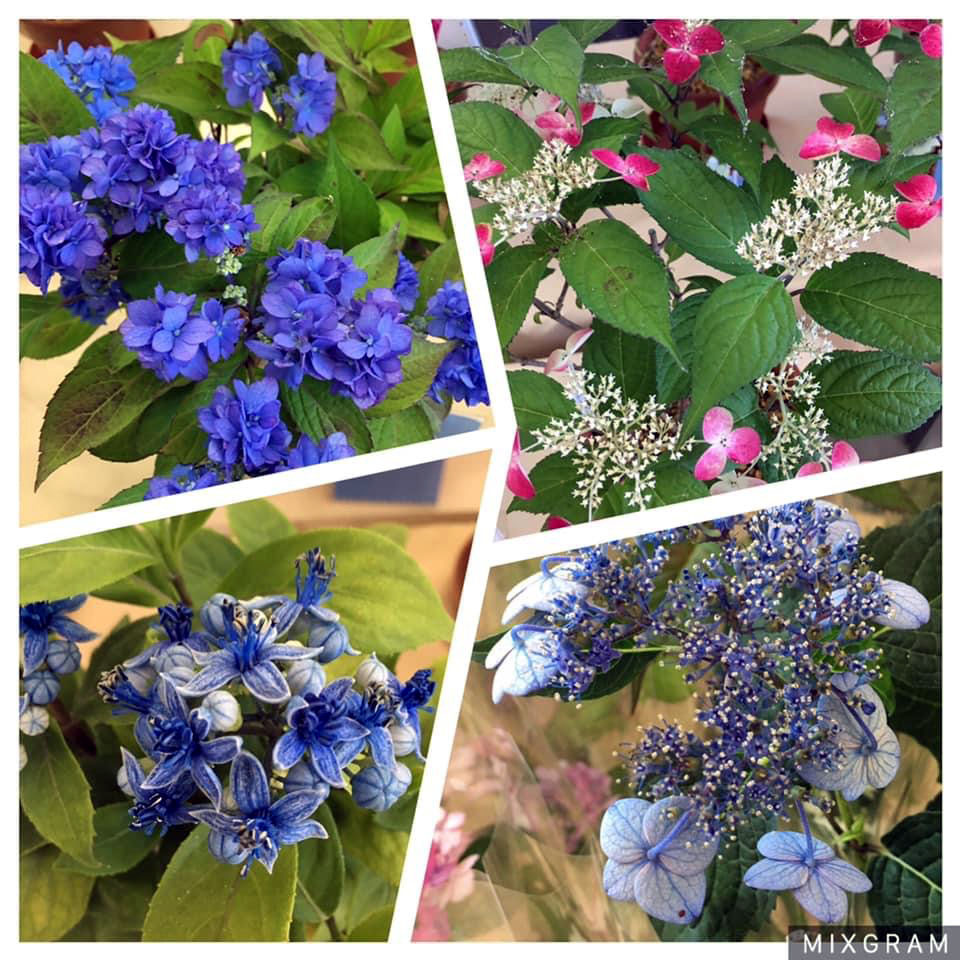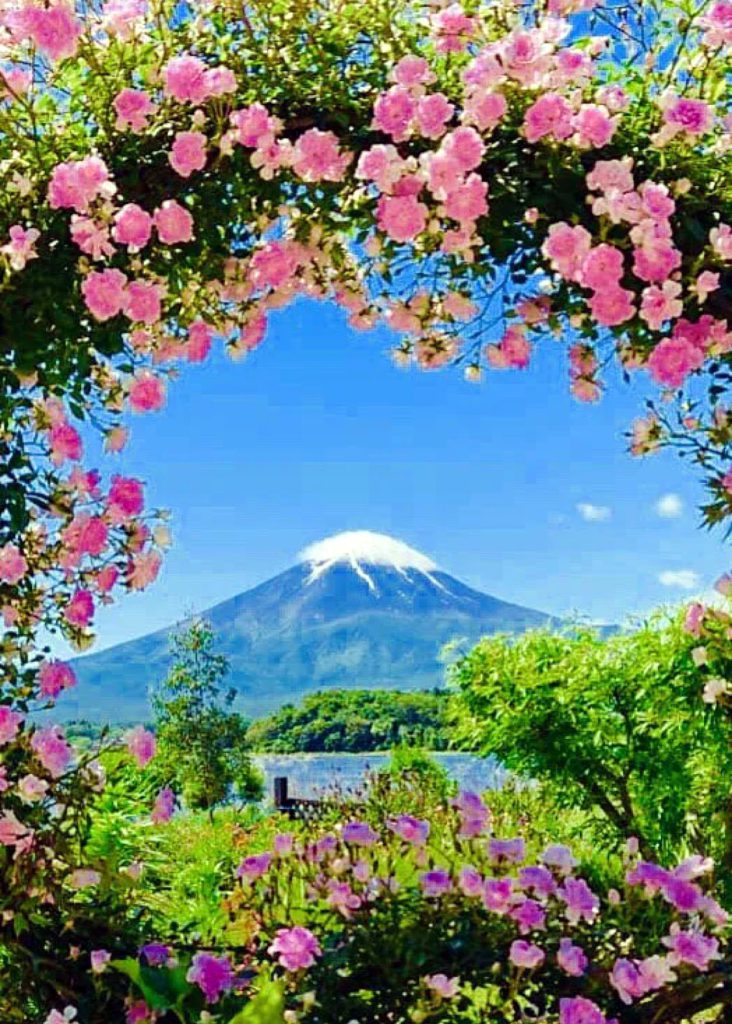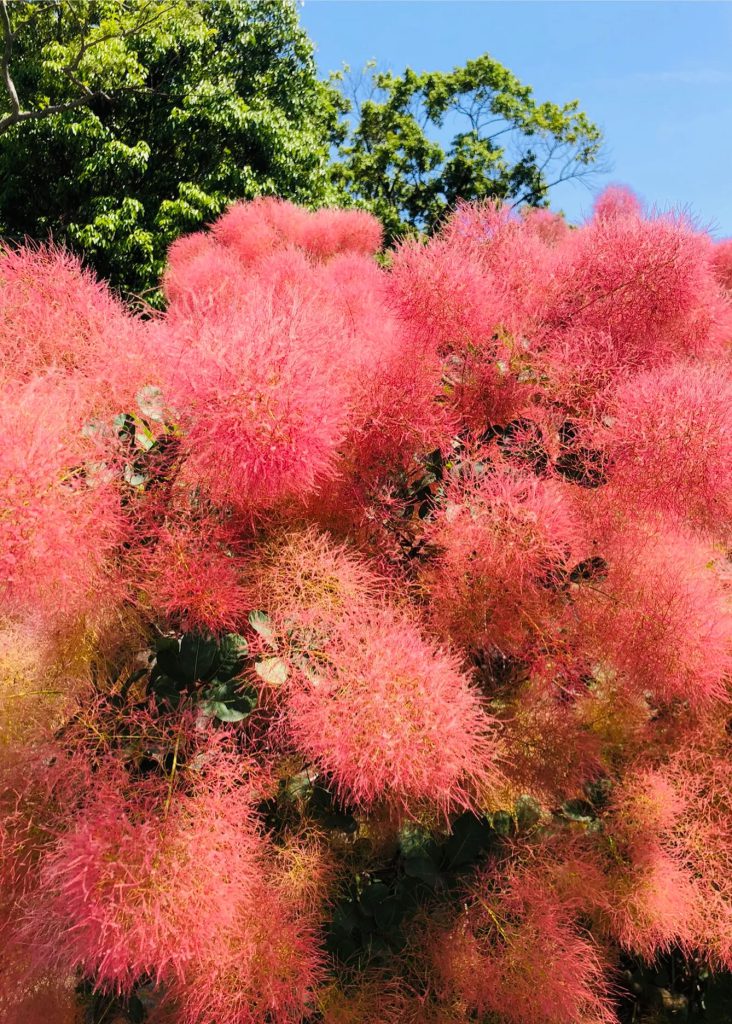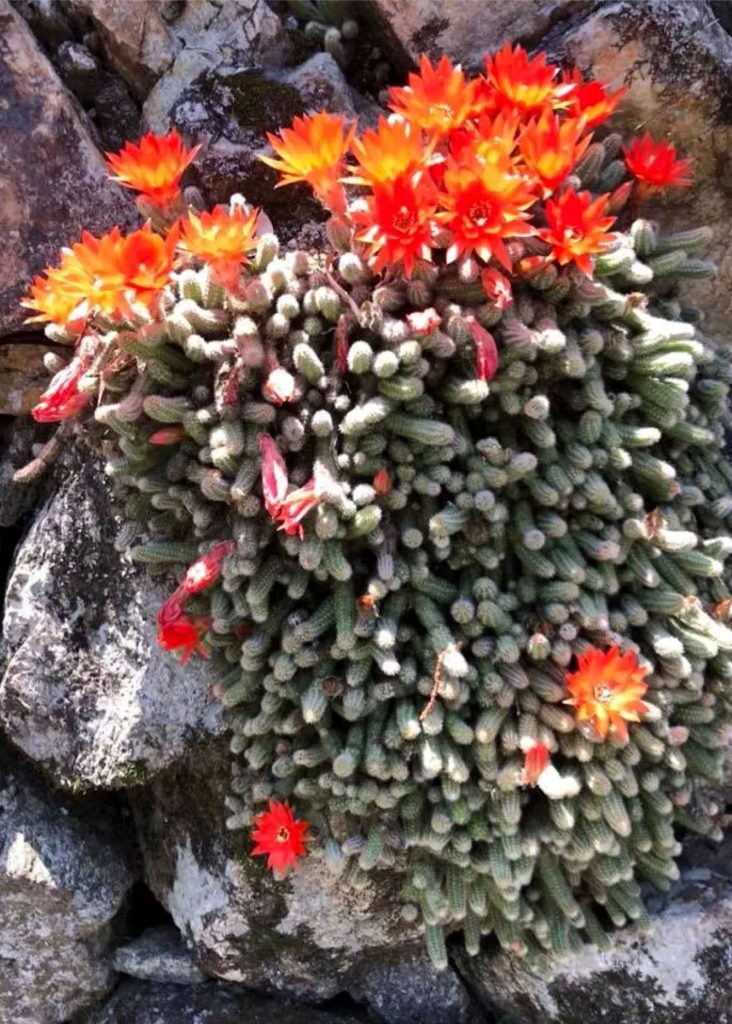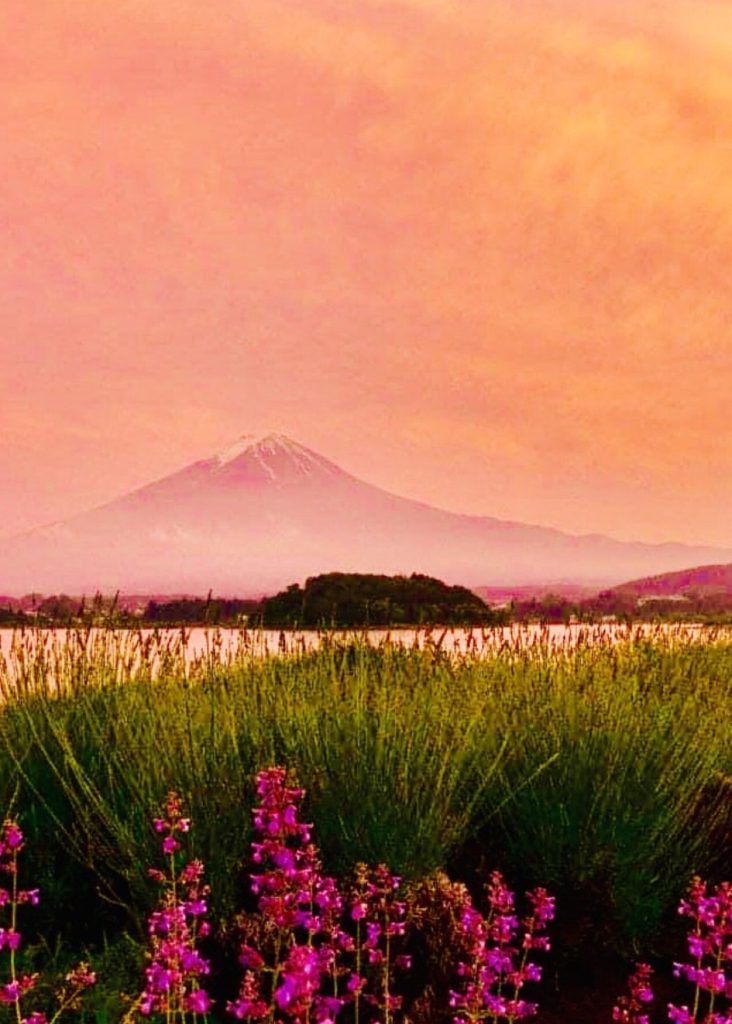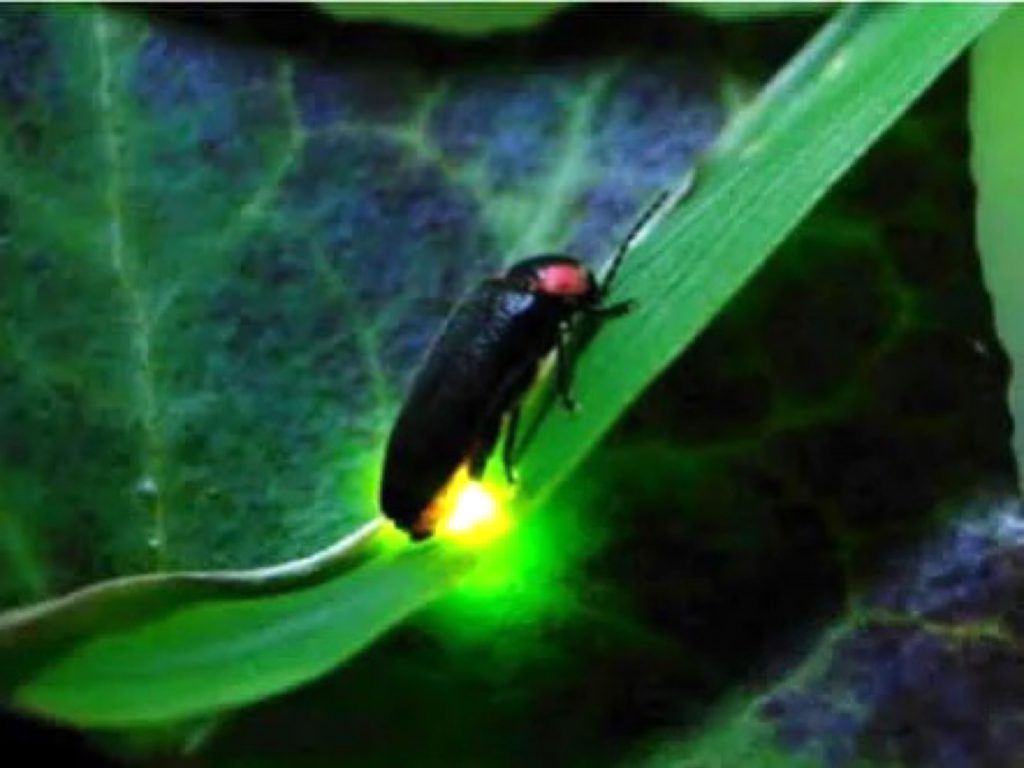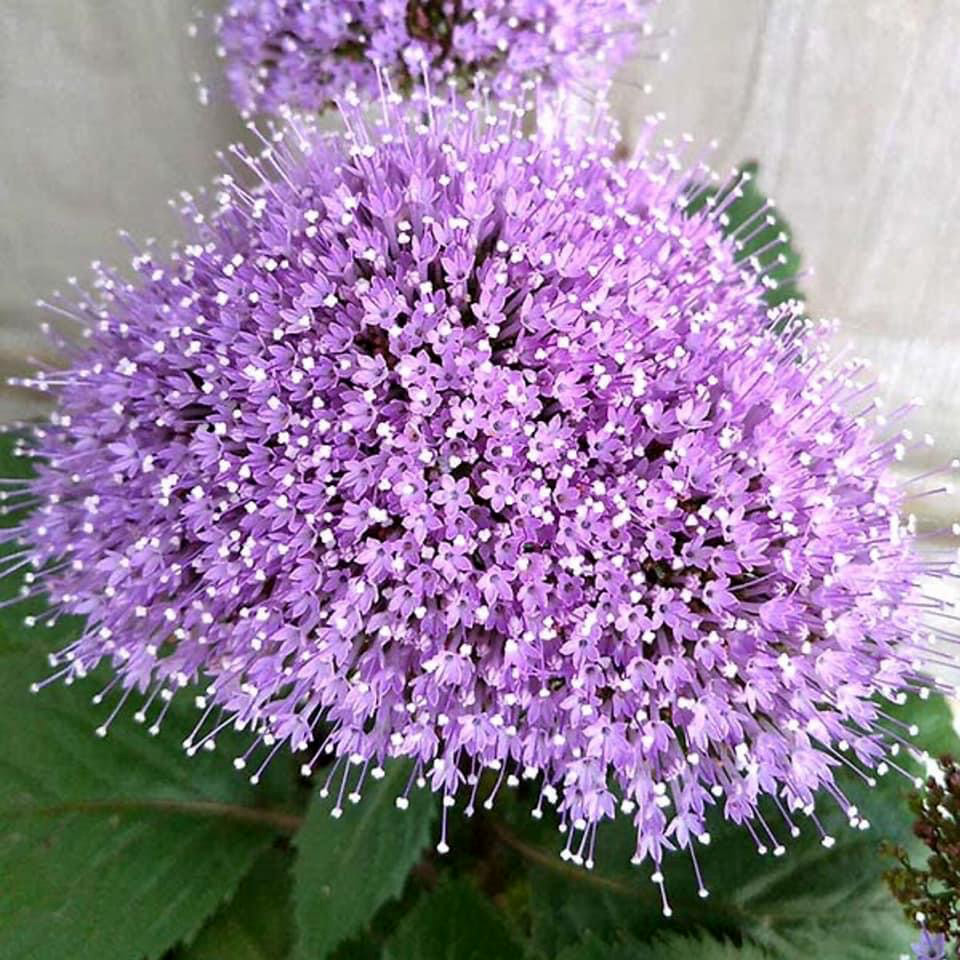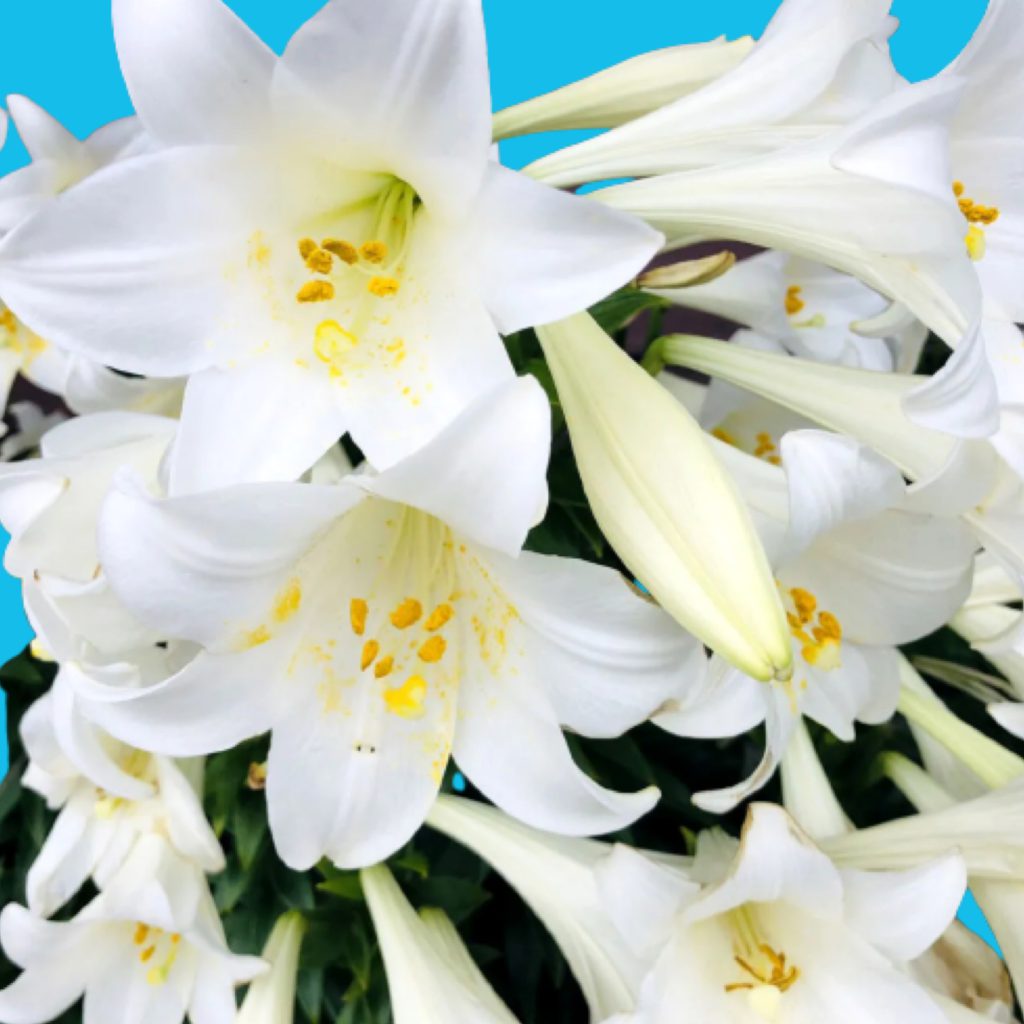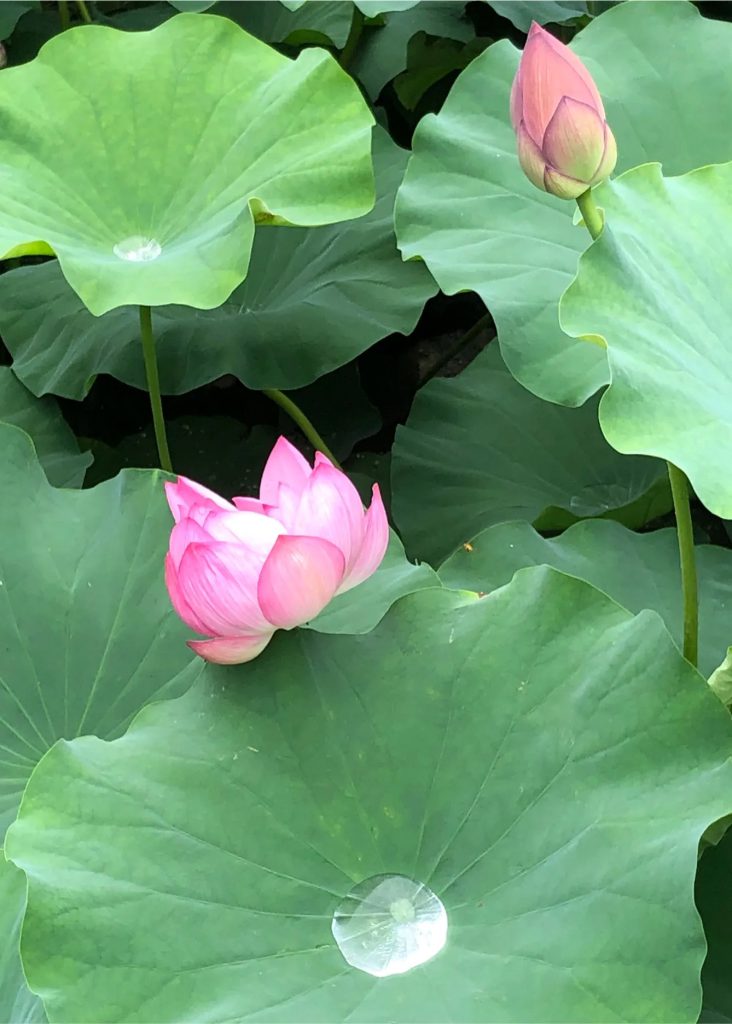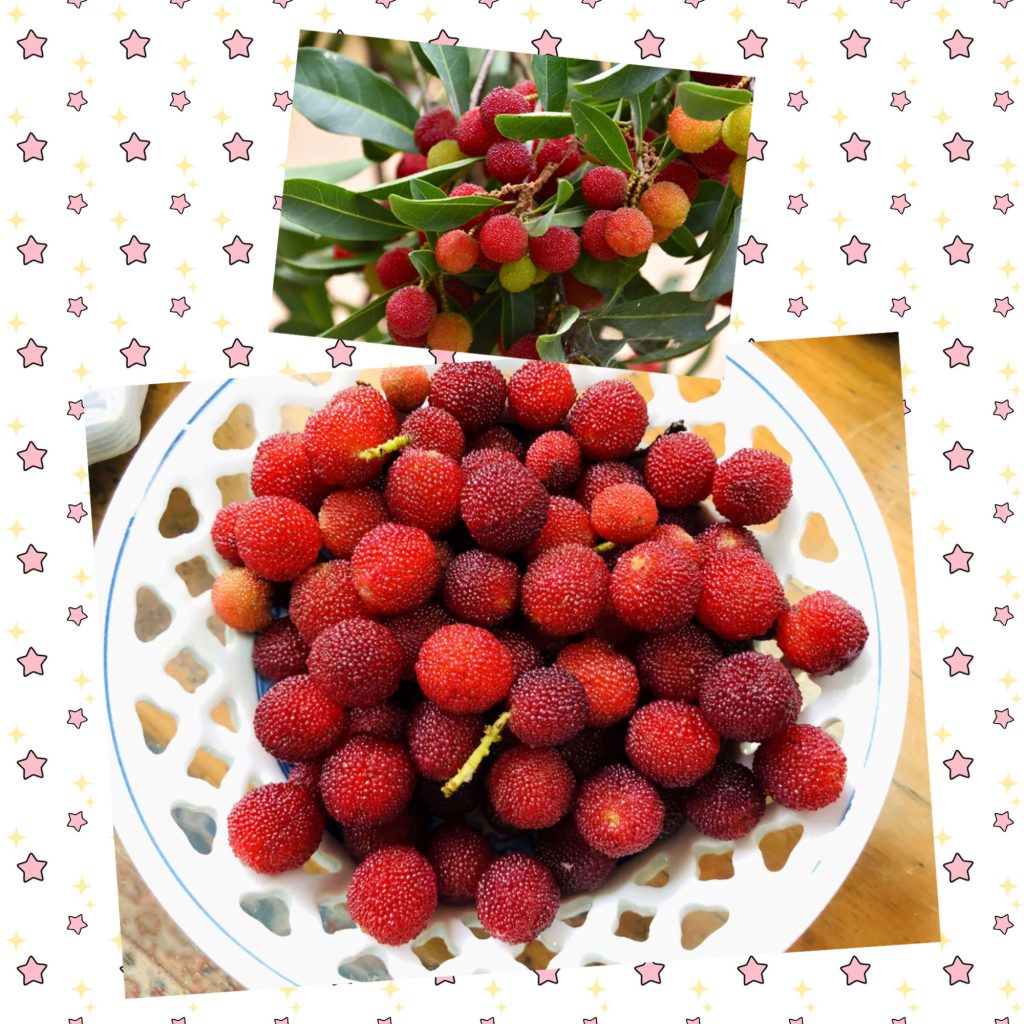
I went to a nearby park in the sunny day between the rainy season. As I climb the circuit, I found see bayberry trees lined up. As expected, the fruits grow in clusters. A lot of bayberry fruits have fallen under the tree. I took a few branches with a trekking pole, took two or three fruits, and when I put them in my mouth, the sour sweetness spread in my mouth. There are still many fruits on the upper side. I packed it in the plastic bag I brought and took it home. If you soak it in liqueur with rock candy, you can make sweet bayberry liquor and you can also make jam. I used to see it normally in supermarkets, but in recent years it has disappeared.
梅雨の晴れ間をぬって近くの公園に行きました。周回路を登っていくとヤマモモの木が並んでいます。期待通り実が鈴なりです。木の下にはヤマモモの実がいっぱい落ちています。トレッキングポールで枝を下ろして実を二つ三つ取り、口に入れたら酸味のある甘さが口の中に広がりました。上の方にはまだまだいっぱい実が成っています。持ってきたビニル袋にいっぱい詰めて持ち帰りました。リキュールに氷砂糖と一緒に漬けておいたら、甘いヤマモモ酒ができますし、ジャムも作れます。以前はスーパーでも普通に目にしましたが、近年は見かけなくなりました。

